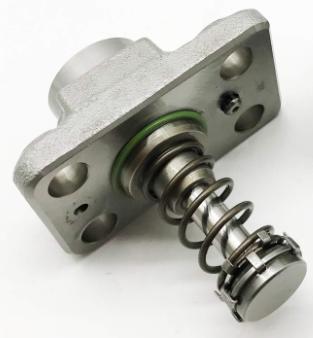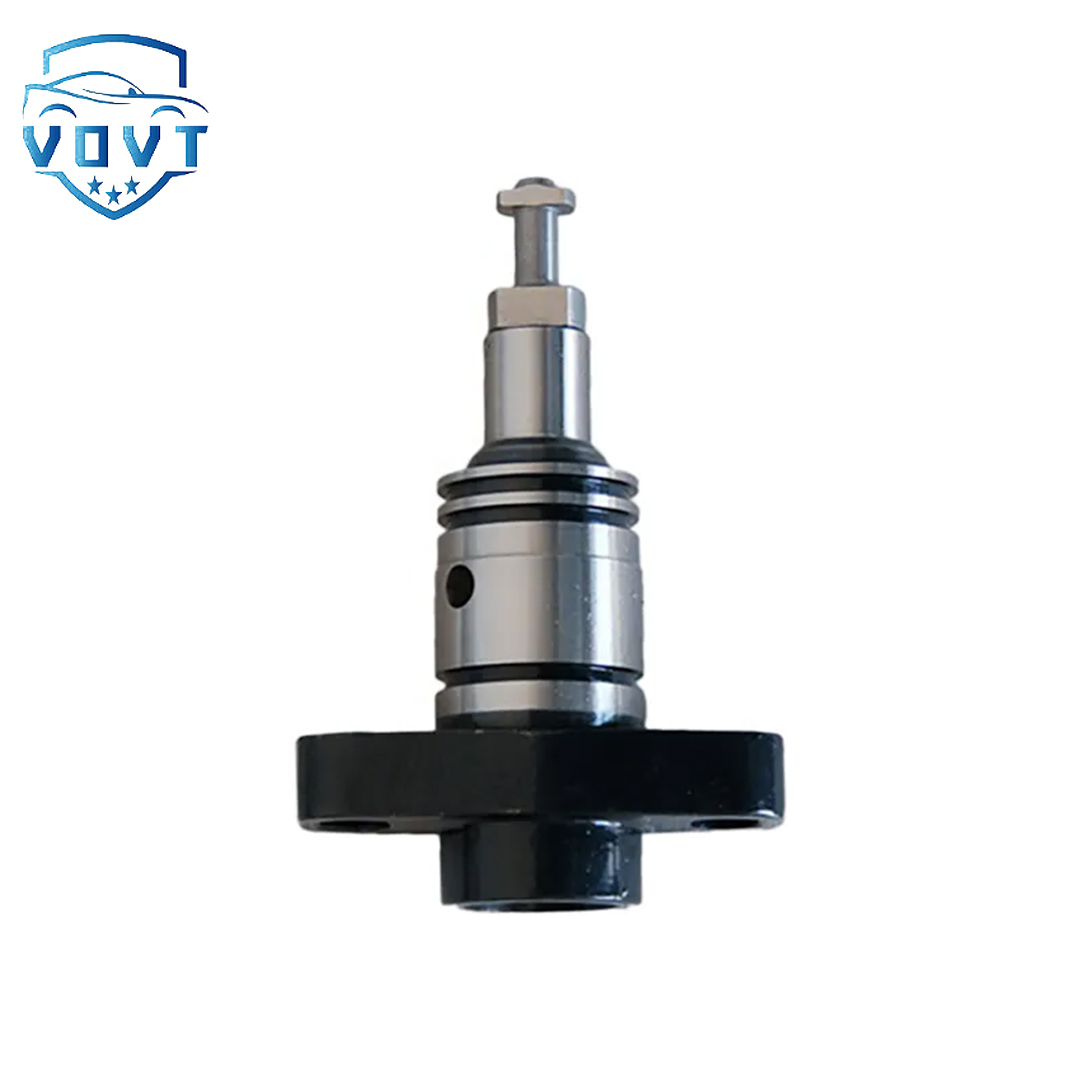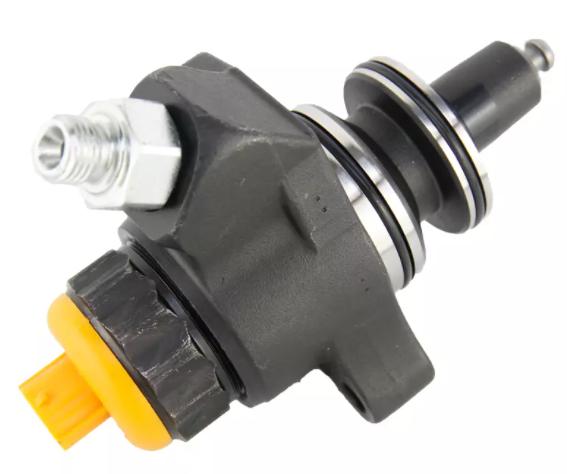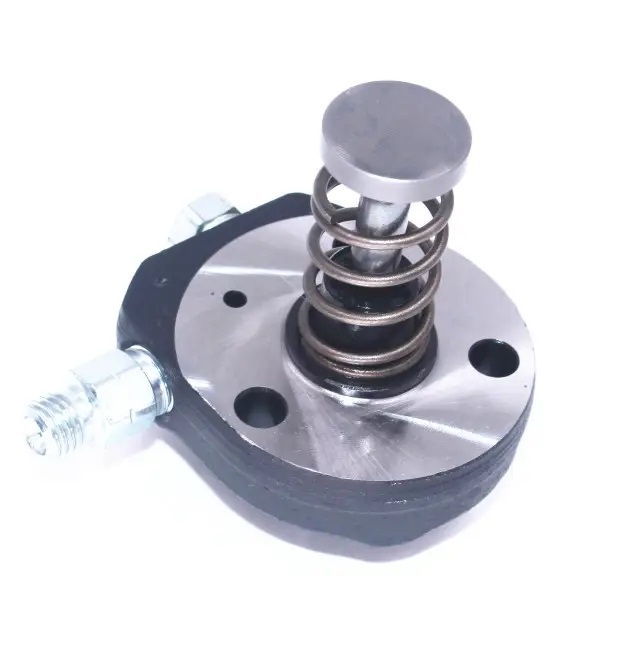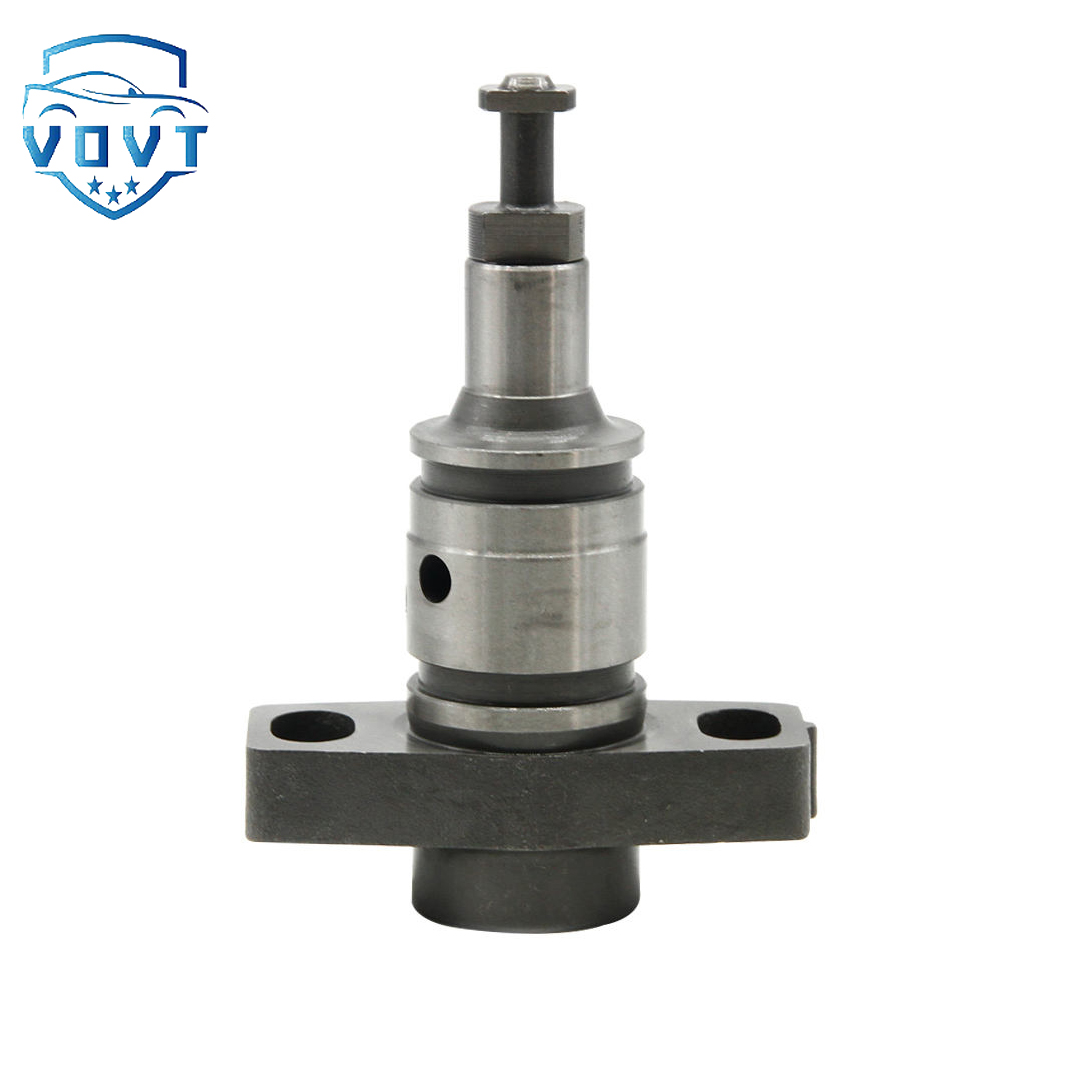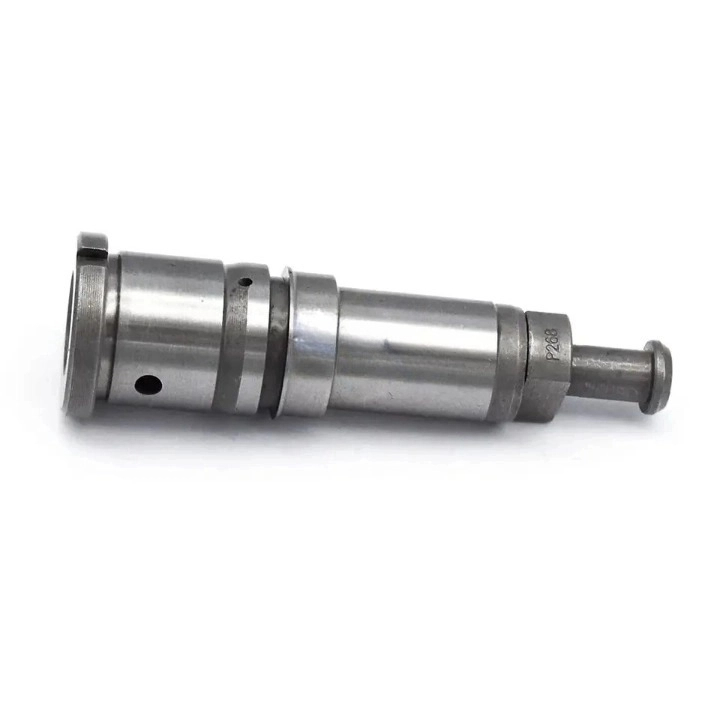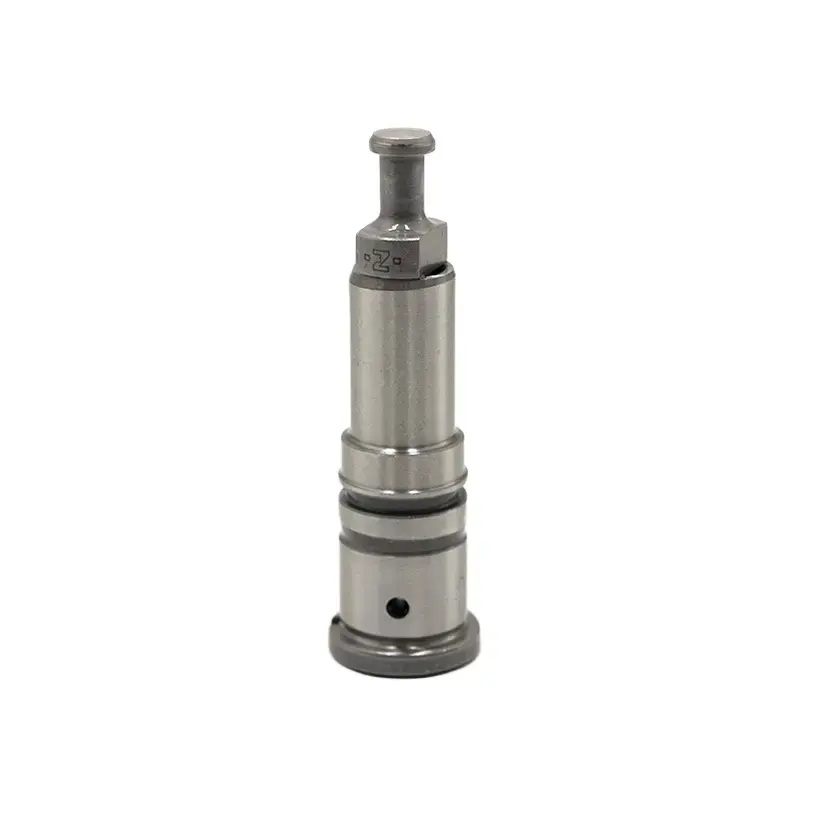Made in China Fuel Injection Pump Plunger 2425-981 2 418 425 981 Pump Elements Engine Accessories
products description
| Reference. Codes | 2425-981 |
| OE/OEM Codes | / |
| Application | / |
| MOQ | 5 PCS |
| Certification | ISO9001 |
| Place of Origin | China |
| Packaging | Neutral packing |
| Quality Control | 100% tested before shipment |
| Lead time | 7~15 working days |
| Payment | T/T, Paypal, Western Union or as your requirement |
What are the common faults of oil pump plunger?
Wear and tear
1. Wear of plunger and plunger sleeve
Reason:
Impurities (such as metal debris, dust, and water) in the fuel wash the plunger pair surface for a long time.
Insufficient lubricity of the fuel (such as inferior diesel) leads to dry friction or semi-dry friction.
The engine runs at high load for a long time, and the plunger pair is subjected to excessive pressure and temperature.
Performance:
The gap between the plunger and the plunger sleeve increases, the amount of fuel leakage increases, and the fuel pressure drops.
The engine is difficult to start, the idle speed is unstable, the power drops, and the fuel consumption increases.
In severe cases, the "wandering" phenomenon (speed fluctuates) may occur.
2. Plunger surface scratches (scratches)
Reason:
Fuel filtration fails, large particles of impurities enter the plunger pair gap, scratching the surface.
The plunger material or heat treatment process is defective, and the wear resistance is insufficient.
Performance:
Loss of sealing performance, high-pressure fuel leakage, resulting in poor atomization or no fuel injection of the injector nozzle.
May cause abnormal noise (such as metal impact sound when the plunger moves).
Stuck and stuck
1. Plunger stuck (obstructed movement)
Reason:
High temperature oxidation of fuel produces colloid, which adheres to the surface of the plunger and hinders movement.
The clearance of the plunger pair is too small, or the engine overheats, causing the parts to expand and jam.
Long-term low-load operation, insufficient lubrication of the plunger pair (such as paraffin precipitation in diesel).
Performance:
The plunger cannot reciprocate normally, resulting in abnormal fuel supply (fluctuating or interrupted).
The engine suddenly stalls, or the speed is unstable and the power drops sharply after starting.
2. Plunger stuck (completely stuck)
Reason:
Failure to repair in time after severe wear, excessive clearance leads to fuel leakage and overheating.
Severe fuel pollution or high water content leads to rust of the plunger pair.
Performance:
The fuel pump completely loses its ability to pump oil, and the engine cannot start.
It may be accompanied by damage to the drive mechanism (such as camshaft and tappet), resulting in severe abnormal noise.
Failure of the oil quantity adjustment mechanism
1. The plunger adjustment arm or rack is stuck
Reason:
Poor lubrication of the adjustment mechanism, dust or fuel colloid deposition.
Loose mechanical parts (such as the adjustment arm fixing screw falling off) lead to adjustment failure.
Performance:
The effective stroke of the plunger cannot be adjusted normally, and the fuel supply is not controlled.
The engine may "fly" (speed soars out of control) or fail to accelerate.
2. Uneven fuel supply
Reason:
The wear degree of the plunger pair in the multi-cylinder engine is inconsistent, resulting in excessive deviation of the fuel supply of each cylinder.
Improper adjustment of the adjustment mechanism (such as inconsistent rack stroke).
Performance:
Intensified engine vibration, black or blue smoke from the exhaust, and unbalanced operation of each cylinder.
Excessive emissions and unstable power output.
Seal failure
1. Leakage of the plunger pair seal
Reason:
Wear, strain or corrosion lead to excessive clearance.
The plunger sleeve positioning screw is loose and the gasket is damaged.
Performance:
The fuel in the low-pressure oil circuit leaks into the high-pressure chamber, or the high-pressure fuel seeps into the low-pressure oil circuit.
The fuel pressure fluctuates greatly, the fuel injector drips, and the combustion is incomplete.
2. The oil outlet valve is not well sealed
Related impact:
The oil outlet valve and the plunger cooperate to control the one-way flow of fuel. If the seal fails (such as valve seat wear, spring weakness), the plunger chamber will be depressurized too quickly, affecting the next pump oil pressure.
Performance:
The engine works unsteadily at low speed and lacks power at high speed.
Other common problems
1. Plunger spring fracture
Reason:
The spring is fatigued and aged by high-frequency load for a long time, or the material is defective.
The plunger card lags and moves forcibly, causing the spring to overload.
Performance:
The plunger cannot be reset, the fuel supply drops sharply or is interrupted, and the engine stalls.
2. Fuel leakage
Reason:
The plunger pump housing is cracked, the seal ring is aged, or it is improperly installed.
Performance:
Fuel dripping can be seen on the outside, which may cause fire hazards and lead to insufficient fuel.
Fault prevention and maintenance suggestions
Fuel cleaning management:
Use high-quality fuel and replace fuel filters (including coarse and fine filters) regularly.
Avoid water accumulation and impurities at the bottom of the fuel tank entering the oil circuit.
Regular inspection and maintenance:
Check the degree of wear of the plunger pair (such as through fuel pressure test) and replace worn parts in time.
Lubricate the adjustment mechanism to ensure flexible movement of the rack, pull rod, etc.
Avoid abnormal working conditions:
Prevent the engine from overloading or idling for a long time to reduce the risk of overheating of the plunger pair.
Avoid sudden acceleration during cold start to prevent the plunger from being worn due to insufficient lubrication.














